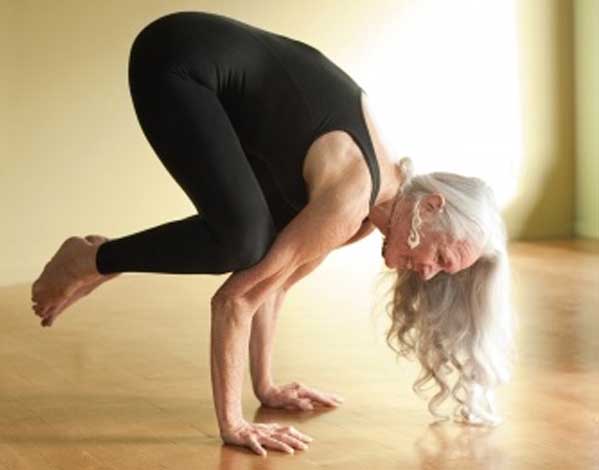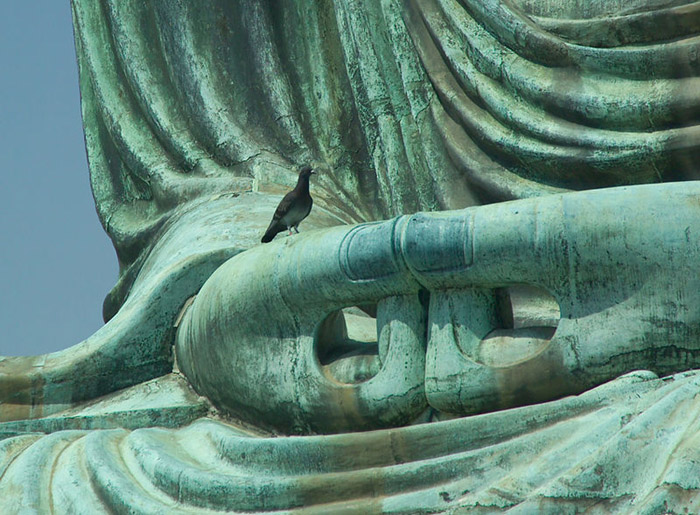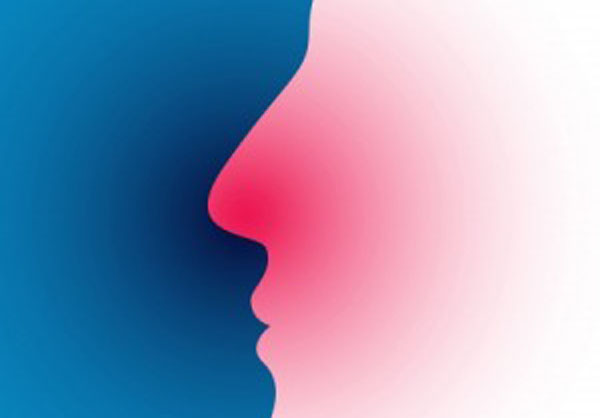The Mysterious Rotator Cuff
The rotator cuff. Many of us have heard about it and many of us may even have problems with it, but few of us actually understand the rotator cuff.
The mysteries of the rotator cuff are shrouded in the complexity of the shoulder itself. Our shoulder joint is comprised of just three bones. The scapula, or shoulder blade, a flat, slightly concave bone that rests on the back of our rib cage. The clavicle, or collar bone, a cylindrical bone that travels from a part of the scapula to attach to our rib cage in the front. The humerus, or upper arm bone, that rests in the shallow socket of the scapula and interacts not only with the shoulder joint but also with the elbow joint.
Add to these three bones a series of ligaments that attach the bones together, a fibrous capsule that slightly deepens the shoulder joint and several bursa, fluid filled sacs, that cushion the structure and you have a platform created for mobility, but unfortunately not for stability.
The shoulder joint is considered a ball and socket joint, the ball being on the end of the humerus and the socket coming from the scapula. Unlike our other ball and socket joint, the hip, the socket for the shoulder joint is very shallow. Think of a golf ball resting on a golf tee. It has to be this way or we would be limited in our shoulder movements, much like we are limited in the movements of our hips.
The lack of a deep socket causes the shoulder to seek further stability in several ways. One of these ways is the fibrous capsule that surrounds the shoulder joint. This capsule takes the place of a deep shoulder socket, but it is not as sturdy as bone. There are several ligaments that also stabilize the shoulder joint, but since we need to move the shoulder in so many ways, these ligaments don’t completely cover all the areas of stress. Greater stability is needed and the shoulder creates this by recruiting several muscles to act like ligaments. These muscles are called the rotator cuff.
There is probably more confusion created through the name ‘rotator cuff’ than for any other reason. When you hear that term your mind does not think of muscle but rather of something more inanimate, like the cuff of a sleeve. I think in most people’s minds, the first time they hear rotator cuff they think of something akin to the fibrous capsule of the shoulder. Something that is just there and that we have little if any control over.
In actuality, the rotator cuff is comprised of four muscles. These are:
- Subscapularus – this muscle is found on the underside of the scapula and helps to create inward rotation.
- Teres minor – this muscle is found on the outer edge of the scapula and helps to create outward rotation.
- Infraspinatus – this muscle is found on the shoulder blade just below the bony projection at the top of the scapula. It helps to create outward rotation.
- Supraspinatus – riding along the top of the shoulder blade area. It functions to abduct the shoulder for the first 30 degrees of movement.
That is all there is to a rotator cuff – four muscles and only three of them actually create rotation. There most important function is not rotation ,but rather to stabilize the shoulder joint – acting as muscular ligaments to help keep the head of the humerus correctly in its socket.
How easier life would be if they had named this muscular arrangement the ‘shoulder stabilizer quartet’. That way at least when we get an injury to the rotator cuff muscles we might understand how it negatively effects practically every other muscle that controls the shoulder.
A rotator cuff injury will alter the way you use your shoulder and make it more likely you will have another type of shoulder injury. A rotator cuff injury causes instability in the shoulder joint that can lead to inflammation, bursitis, tears to the fibrous capsule and uneven wear of the joint cartilage leading to early osteoarthritis.
However, it is not just tears in the rotator cuff that can cause shoulder problems. Even impingement of the muscles can cause pain and dysfunction of the shoulder. Impingement of rotator cuff muscles may be even more prevalent than actual tears. Impingement of rotator cuff muscles comes from poor shoulder postures – which is just a sign of muscle imbalance in other shoulder muscles.
Any muscle that is not strong enough or long enough will have a negative effect on other muscles. Every muscle that controls the shoulder is important to the health of the rotator cuff muscles and the rotator cuff muscles are important to the health and function of the other shoulder muscles and the shoulder joint itself. It is this co-dependency that can make a shoulder issue a very complex problem to unravel.
Over the last 20 years I have worked to help many people resolve various shoulder problems. I can tell you that by the time a person is feeling the symptoms of a rotator cuff issue, they already have several other shoulder problems as well.
What I have created for you is a lesson plan designed to address the most probably issues that affect all shoulders. These exercises and yoga poses are vital not just to helping already injured rotator cuff muscles, but also to preventing injury or re-injury. If you want to experience a greater strength and flexibility in your shoulders, this lesson plan is vital to your progress. The exercises start out light and are good as rehabilitation of the shoulder. The plan increases the intensity gradually with other exercises and focuses on absolute attention to proper shoulder postures in all yoga poses.
With patience, time and persistent practice you can create an optimal shoulder flexibility and strength no matter what your starting condition.
Above all though – create no pain! Pain in the shoulder is one of the most dangerous things and should never be allowed. Shoulder muscles are relatively small and can easily be damaged from improper actions. If you begin to feel even mild discomfort it is time to stop, readjust and if the action cannot be created without pain – no further action should be allowed. It can take many months of persistent and gentle focused rehabilitation to resolve a shoulder injury. Don’t take any chances and push yourself over the brink.
The rule of thumb is that you can walk right up to the door of pain – just don’t go through that door.







Hi, Julie,
I must scan your web site for more info such as this shoulder (rotator cuff) piece…how helpful!
I am waiting on approval by medicare for some PT in my neighborhood bc I am being esp. careful to start anything without very gentle NECK rehab. I have substantial osteoarthritis in it and it is affecting my shoulders. Yes, I know I could figure it out on my own, however this is easier right now.
Thank you for such an abundance of info on your site. I will begin using it;-)
Hope to see again Thurs.!
Bonnie